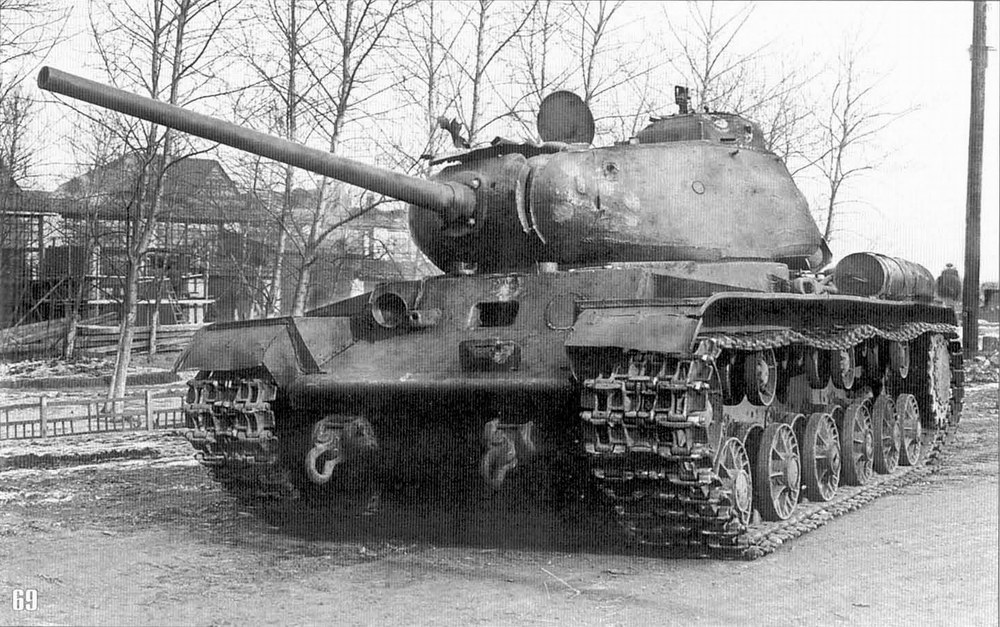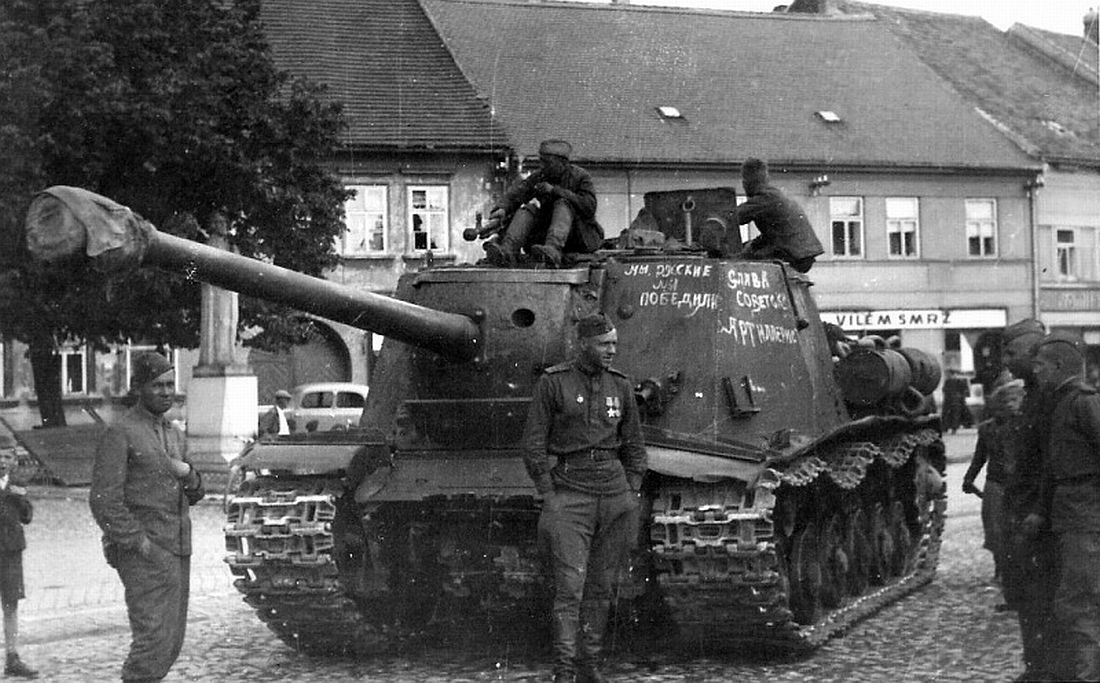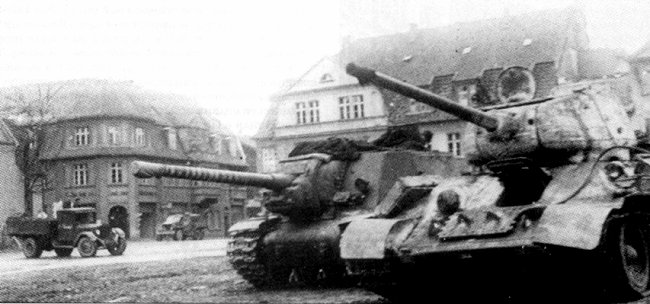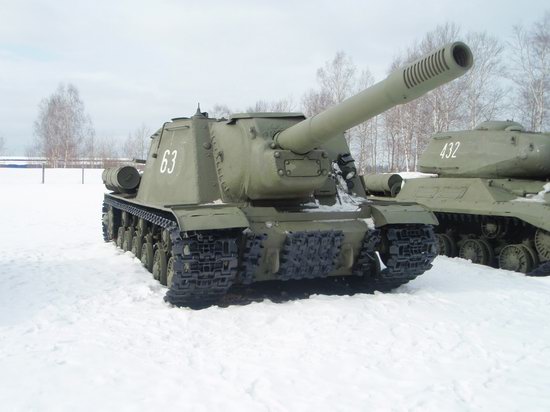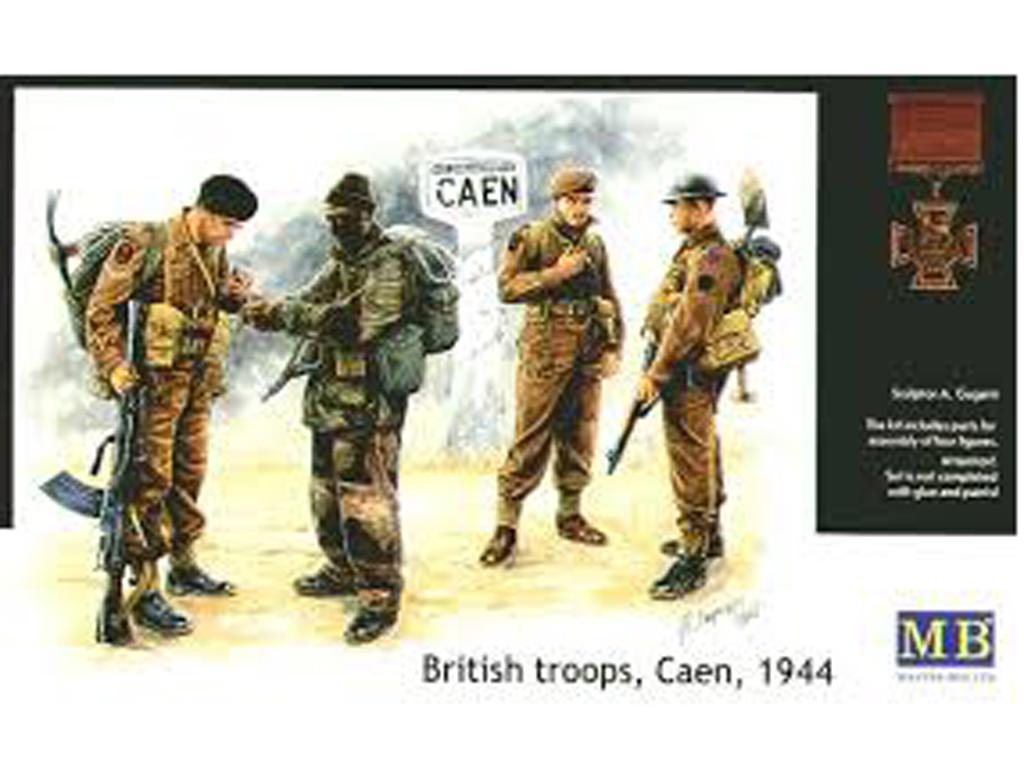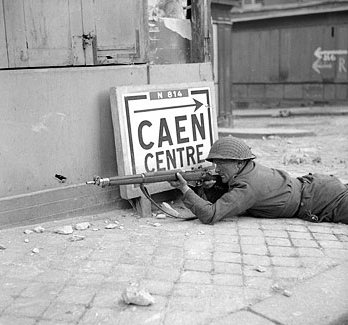Flames of War 20mm: And then I had my whole foot in...
Ok so we get to the club last night, and it's my German Panzerkompanie up against Luc's UK Armoured Squadron in Normandy. Late war. Flames of War in 20mm
Free-for-all and objectives to seize and hold, 2 each. A river runs through it, with a bridge and mill-house, small forest and village. Open fields mostly.Still struggling with numbers of models, as our armies were build for Warhammer WW2. Troops not on multi-bases. Not nearly enough artillery or Shermans, not the right light models tanks on UK side. End up using Matildas as Stuart replacements, and M10s as stand-in Shermans
Slow start, as we're still feeling our way. Mike is at hand to help with rules, going a lot easier this time...more enjoyable. Our confidence and enjoyment improves turn by turn.Thank you very much Michael!
I choose to defend the approaches to the bridge with a pair of portee Kfz 7 Flak vierling 20mms, also giving cover to my motorised infantry. Not much space for my recce Zundapps with sidecars to maneuvre. LeFH 18s deploy on the edge of the boasrd, covering the right hand corner, Company commander in lead Panzer over to thier right. Panther company skulking behind the mill house, with one covering the bridge approach, and two covering the flank.
Luc places his field artillery (25 pdr x 2) opposing mine, 2 troops of 4 each Shermans with a firefly gun-tank each on that flank, and another troop on his side of the bridge. Motorised infantry deploy on other side of river facing him. Troop of 3 Stuarts supporting them
Firefly in my sights. German Command Tank advancing.
The Ill-fated QF 25 pounder battery, shortly before the Luftwaffe's visit.
Shermans passing by. This troop ended up taking the majority of the Panthers out.
First 2 turns is mostly tactical maneuvring, both side's foot soldiers digging in. Armour jostling for position. Herr Oberst in Panzer 1 takes out Firefly on approach to bridge, just to be taken out in return by a flanking troop with another firefly. Luftwaffe arrives on turn 2, contarary to expectations, 3 make it through the air defences, and takes out the whole 25 pdr battery, HQ escapes the blast, hops into their Bren carrier; and goes and sits on objective to defend it for the rest of the game. Lucs turn 2 sees his Stuarts (Matildas) taking out most of my motorised platoons' MGs, and laying down a smokescreen to further protect his dug in motor company.Spectacular fail on roll to bring on air support: 4 ones and 3 two's!; the RAF miss their target completely. Germans relieved.
Almost an ambush. Panthers protecting the bridge and the objective marker from behind the Mill House
Infantry face off across the river, both sides dug in.

Lots of baling out and clambering into vehicles in the next turn, a couple of Shermans destroyed by the panthers. Luftwaffe arrives again, a single aircraft makes it to target, anti-aircraft fire from Stuarts fail, and 2 of their number succumb to the direct hits from the veteran dive-bomber pilots. Sherman on the bridge now lay down smoke to protect their infantry. Panzergrenadiers unfussed, move forward through river, difficult terrain no problem for them, same with motorcycles, who cut through forest and attack the flank of the Tommies. Shermans open fire, and destroy the German transports struggling through the river. The Captain and his Protze staff car make it through unscathed. The surviving troops divert for a gap between the bridge and the houses, trying to make it to the objective beyond, taking cover behind a house.RAF finally make it through, only to be destroyed by the Flak before launching their rockets. Sherman takes out one in retribution on Luc's turn.

None of these Shermans survived the battle.
Movin' out. Luc's turn 1. Only one Sherman from this troop survived the Panther attack.
Ok, the luftwaffe also took 2 out!
Ranging in...Open sights of the enemy
Luftwaffe at hand.
Carnage after they had been...
With only one Stuart (Matilda) to oppose them the motorcyclists cross unhindered
Meanwhile a drama is played out behind the mill house, slug-fest between the panthers and Sherman troops.
The 2 IC panzer is flanked, hit repeatedly, baled, but remounted every time by the experienced crew. Impetuous sherman crew pay the price. Approach to bridge now open, and the panzer crew eagerly eye the objective just beyond the bridge. Only problem is the hulks of multiple burnt-out Shermans on it. While they are still contemplating what to do next they receive a long range shot from a firefly that sends the wonderment into oblivion in a ball of smoke and fire. Same fate befalls another Panther, breaks the line of approaching Shermans, takes out the firefly. Sole survivor retreats back towards objective. Coward Tommies, lets get them!, race forward thinking that cover from hulks on battlefield will protect, But no, the only surviving firefly has the last word: Boom! Panzer Zerstoerd (Destroyed)
Only one Panther, the Field Artillery, Zundapp riders and the one 20mm Flak vehicle survive. O yeah, and Herr Kapitan with half his Sturmtruppen, behind the house.
A good victory to Luc! A much more enjoyable game once you get the rules.
Lessons learned:
1. Get the right models, and enough of them
2. Read the rules some more, watch the videos again
3. Base the infantry on team bases
4. Panthers pack good punch, but are a bit lacking in side armour. As an expensive option Tigers may be better.









